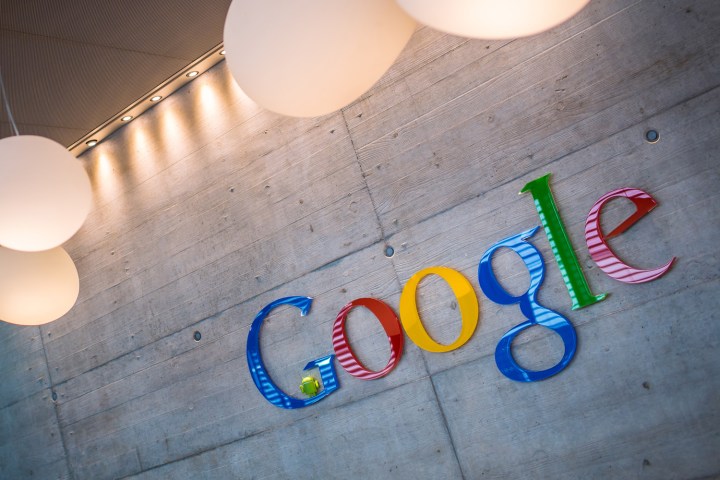
In June 2011, the Samsung Series 5 Chromebook was the first notebook using Google’s Chrome OS to be released to consumers. This month marks five years since its release, an anniversary that the Acer AC700 Chromebook will celebrate this August, according to a report from Beta News.
However, this news shouldn’t strike fear in the hearts of anyone that still uses one of the first wave of Chromebooks as their laptop of choice. The hardware won’t cease to function once it reaches the five-year mark, it’s just that Google is no longer obligated to distribute updates and patches beyond that point.
Computer hardware is in a constant state of forward progression — a similarly priced Chromebook from 2016 would blow the Samsung Series 5 out of the water. As such, it would be a struggle for Google to continue updating the capabilities of its Chrome OS while catering to users working with severely underpowered hardware.
That being said, Google is currently supporting its own devices from as far back as 2010, going above and beyond the stated five-year commitment. The company is in no way mandated to provide this support, so it could discontinue updates for the hardware if necessary.
Chromebook users are welcome to continue using their laptops beyond the limits of Google’s hardware support. However, the crucial factor is that the company is also ceasing its distribution of security patches, which could make surfing the web rather dangerous on an outdated system. Those affected are advised to consult Google’s End of Life policy for more details.

